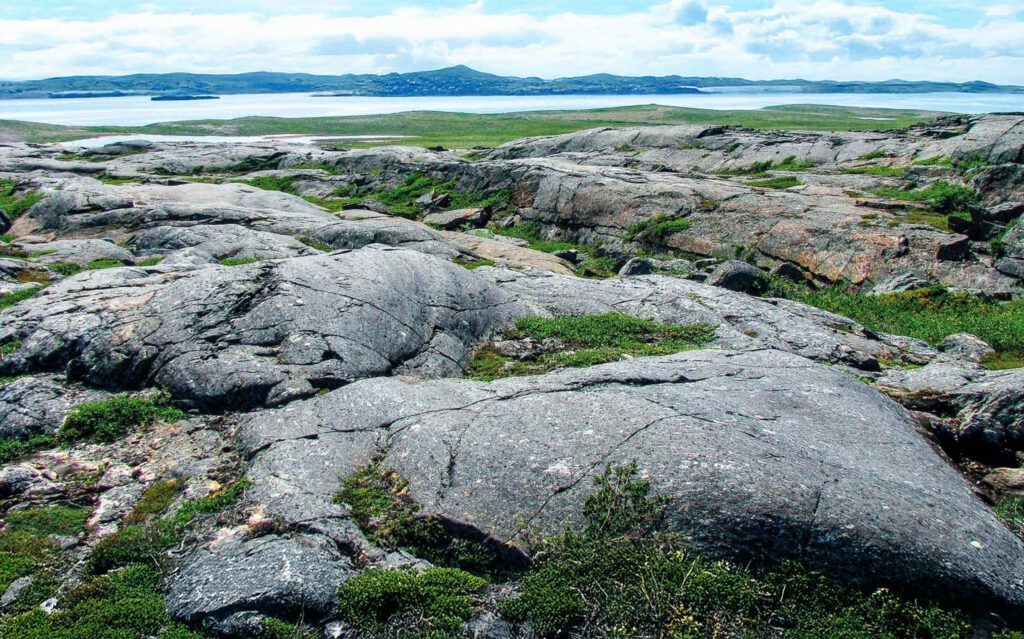A recent discovery in northern Quebec has revealed the oldest known rock on Earth, shedding light on the planet’s formative years during the Hadean Eon, around 4.6 billion years ago. Led by researcher Jonathan O’Neill from the University of Ottawa, the team found that these ancient rocks, part of the Nuvvuagittuq Greenstone Belt, could date back over 4.3 billion years.
The Hadean Eon was marked by extreme volcanic activity and a molten surface, with no signs of life yet. However, as it progressed, the Earth began cooling, forming solid crusts and potentially harboring water earlier than previously thought.
The research utilized radiometric dating, focusing on the decay of samarium into neodymium, to establish the rock’s age at 4.16 billion years. This finding not only confirms the existence of Hadean crust but also opens doors to understanding Earth’s early environment and the conditions that may have led to the emergence of life. This significant research, published in Science, connects today’s Earth to its ancient origins, illustrating a long journey from a lifeless planet to one teeming with life.


